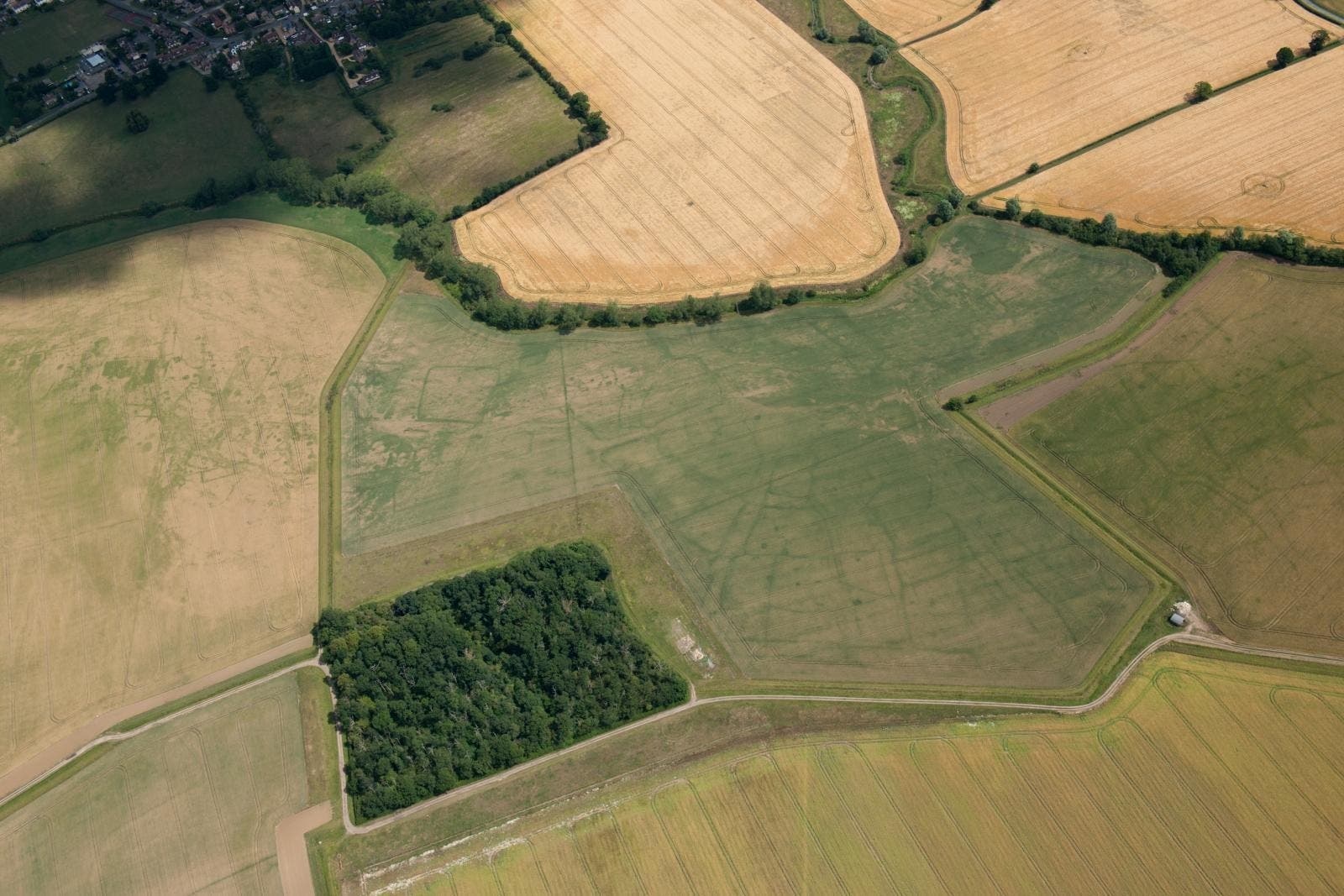Remains of Roman small town given protection as scheduled monument
The settlement near Great Staughton, Cambridgeshire, was revealed after extensive evaluation work.

Your support helps us to tell the story
From reproductive rights to climate change to Big Tech, The Independent is on the ground when the story is developing. Whether it's investigating the financials of Elon Musk's pro-Trump PAC or producing our latest documentary, 'The A Word', which shines a light on the American women fighting for reproductive rights, we know how important it is to parse out the facts from the messaging.
At such a critical moment in US history, we need reporters on the ground. Your donation allows us to keep sending journalists to speak to both sides of the story.
The Independent is trusted by Americans across the entire political spectrum. And unlike many other quality news outlets, we choose not to lock Americans out of our reporting and analysis with paywalls. We believe quality journalism should be available to everyone, paid for by those who can afford it.
Your support makes all the difference.The remains of a Roman small town that were discovered during survey work for a solar farm have been given heritage protection as a scheduled monument.
There was an indication of a settlement near Great Staughton, Cambridgeshire, in 2009 and again in 2019 in aerial photography.
Its full extent was revealed when a geophysics survey was conducted from 2022 to 2023, before an archaeological investigation this year.
Evaluation work indicated the buried archaeological features of the Roman small town are well preserved and extend across 31 hectares.
The features discovered include ditches, pits and post holes, and gravel surfaces that represent roads or yard areas.
The scale and diversity of the archaeological features give a remarkable insight into Roman life in the East of England and help us to understand more about when people came to this place
Among the artefacts recovered are pottery, animal bone, glass, copper alloy objects, iron objects, coins and shells.
The remains show the extensive streets and buildings of a highly organised Roman settlement of urban character.
Evidence suggests that pottery kilns and metal working forges may have existed.
Traces of domestic and industrial activities, which would have supported a sizeable population, tell a story about the daily lives of people who lived in the town over several centuries.
Roman small towns are settlements of urban character which lack the administrative status of public towns, but which are nevertheless recognisably urban in terms of their features and function.
They tend to lack the planned rectangular street grids, public buildings and well-appointed town houses of the public towns and instead are characterised by timber or half-timbered structures.
Duncan Wilson, Historic England chief executive, said: “This was clearly a significant Roman town.
“The scale and diversity of the archaeological features give a remarkable insight into Roman life in the East of England and help us to understand more about when people came to this place, how they lived and worked, and why they left.”
He said it was an “extraordinary discovery which has an intriguing tale to tell” and he was “delighted to have secured the protection of this important archaeology with the full support of the developer”.
To safeguard the Roman town, solar development is no longer proposed on the land, which will be given over to pasture.
Heritage Minister Sir Chris Bryant said: “As this newly discovered Roman town shows, our history is full of remarkable and often inspiring stories.
“That’s why it is so important to unearth and burnish our historic treasures to protect them for generations to come.
“This gives us a rare insight into the history of a life long before ours and will continue to expand our knowledge and understanding of the Roman era.”
Roman small towns began to emerge in the mid-to first century AD.
Around 140 Roman small towns have been recorded in England, mainly concentrated in the Midlands and central southern England.
The site near Great Staughton appears to focus on a central open space, with trackways radiating from it, forming a network of roads.
Between the roads, multiple rectangular enclosures are organised and planned.
Away from the central space, crop marks of numerous large pits suggest industrial activity of some kind.
It is possible that former natural streams leading to the River Kym were altered to supply water or contribute to an industrial process.
On the higher ground, overlooking the town, a Roman villa was located.
Evidence also points to some smaller pre-Roman settlements in the area.